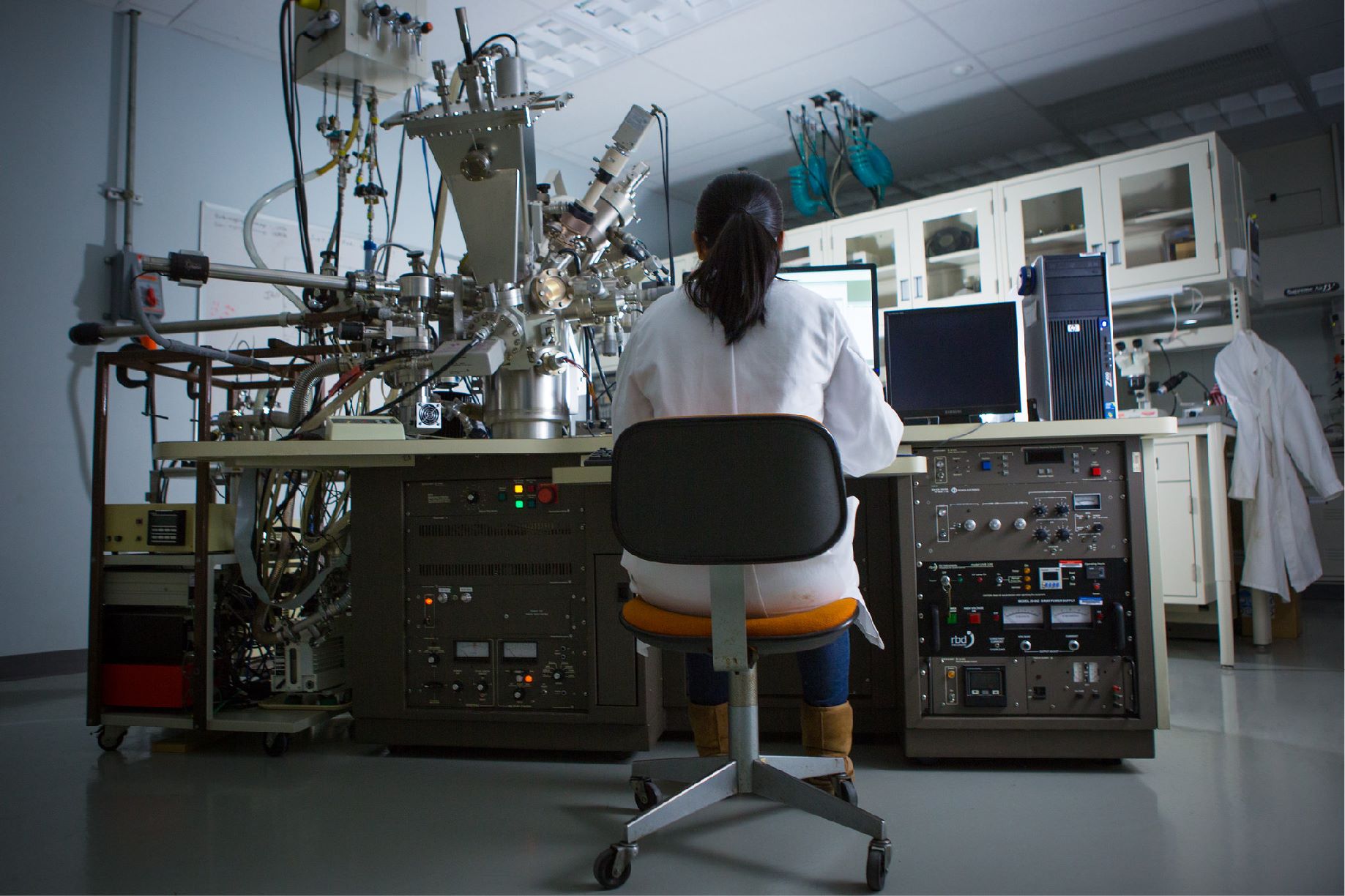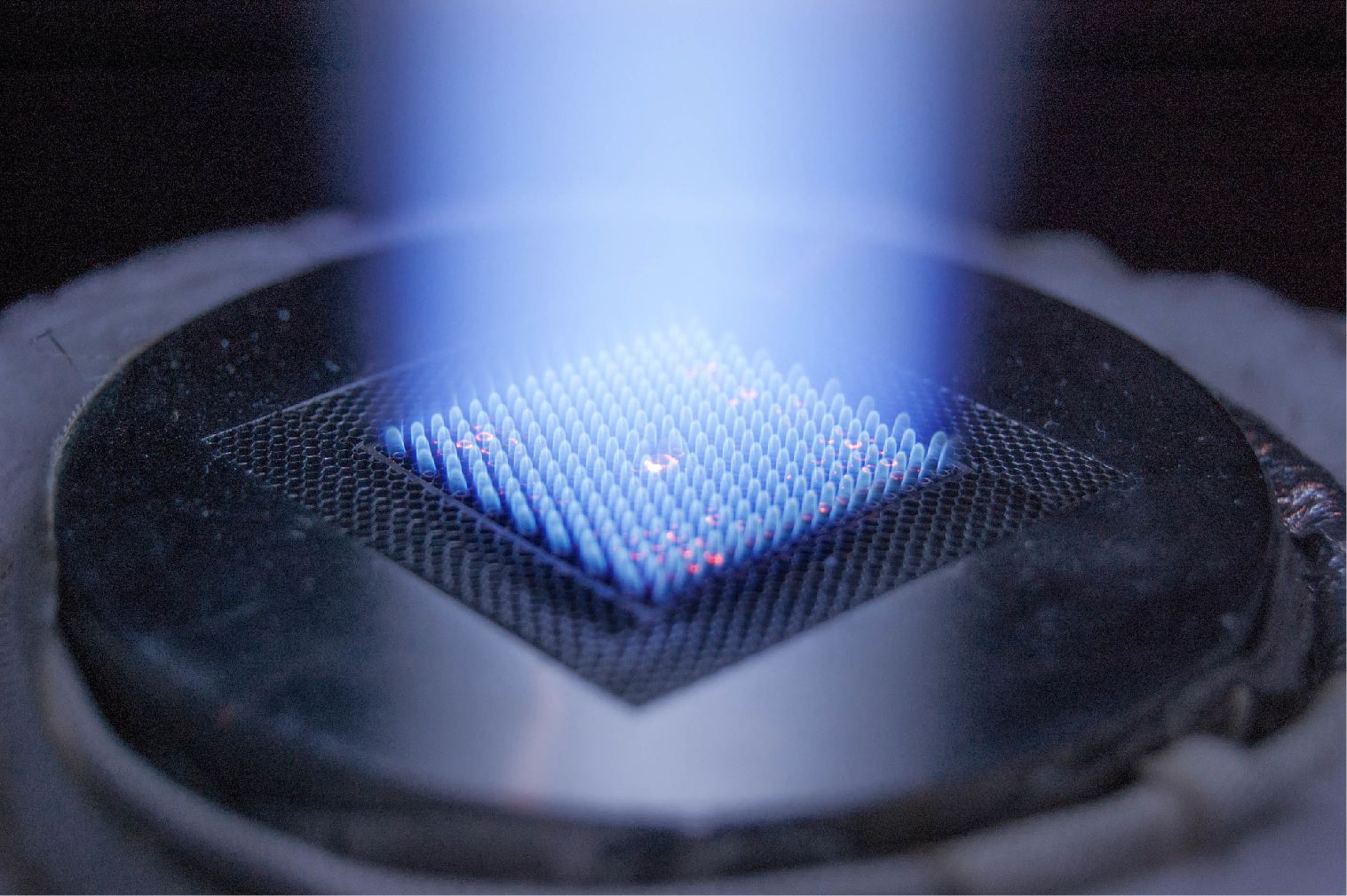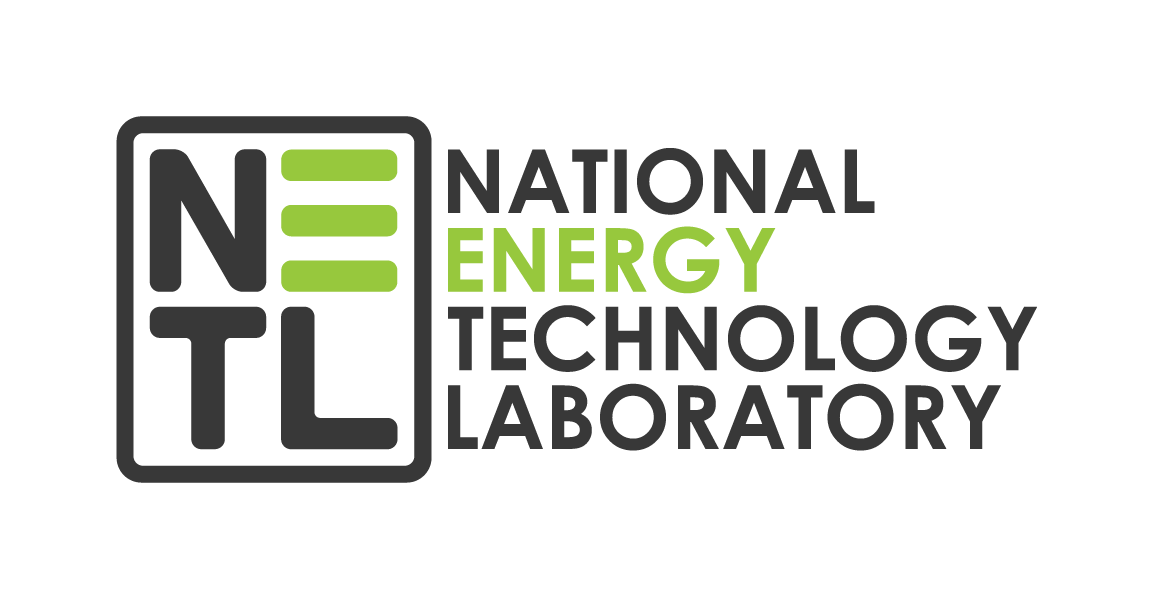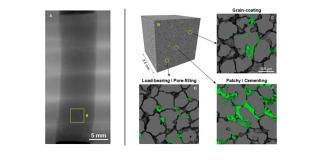NETL researchers are helping to develop a largely untapped domestic supply of energy by creating the first 3D visualizations based on observations under real-world conditions of a unique natural phenomenon in which methane, the main component of natural gas, becomes trapped in an icy shell, forming what is known as a methane hydrate.
Methane hydrates form under low-temperature and high-pressure environments, such as below the Alaskan permafrost. Because sample cores drilled from these surroundings would depressurize and melt if brought to the surface unprotected, the NETL team first built an advanced tool housed inside an environmental chamber that maintains the same conditions found in nature. Researchers used the tool to manipulate a larger pressurized core, boring out a mini-core and transferring it to a micro-CT scanner.
Once the team successfully loaded the mini-core into a micro-CT scanner without compromising the sample, captured images were used to create 3D visualizations of the pore structures of hydrate-bearing sediments and analyze pore-scale fluid flow. Before NETL’s work, no tools existed that could achieve a high-resolution pore-scale scan while maintaining real-world conditions.
For the first time anywhere, the NETL team could see exactly how the hydrates behave within the pores of the sediment. Even though they observed a relatively small section of the sediment, the information was enough to verify a model developed to predict the properties of an entire reservoir, including phenomena such as the natural distribution of methane hydrate, methane migration in the hydrate stability zone and the associated effects of fluid migration, which all impact potential gas production.
Furthermore, the NETL model will help future commercial gas operators drill more safely by predicting how the sediment will react to the depressurization process that releases the methane to the surface during extraction.
The ice encasing the methane acts like a skeleton, bearing the weight of thousands of feet of material above it differently than the gas alone. The NETL model can essentially subtract the support of the skeleton and predict what will happen to the integrity of the wellbore as the hydrate breaks apart into water and gas and the gas rises to the surface. This information will help inform drillers of potential risks involved in a certain reservoir.
Current global estimates of methane hydrate reservoirs range between 250,000 to 700,000 trillion cubic feet, which is an amount that greatly exceeds all the technically recoverable resources of dry natural gas in the United States. The success of future commercial operations will rely on how well researchers characterize the physical properties of the hydrate-bearing sediments, and this NETL work is laying the groundwork for safe effective extraction of this abundant domestic methane source.
NETL is a U.S. Department of Energy (DOE) national laboratory dedicated to advancing the nation's energy future by creating innovative solutions that strengthen the security, affordability and reliability of energy systems and natural resources. With laboratories in Albany, Oregon; Morgantown, West Virginia; and Pittsburgh, Pennsylvania, NETL creates advanced energy technologies that support DOE’s mission while fostering collaborations that will lead to a resilient and abundant energy future for the nation.




